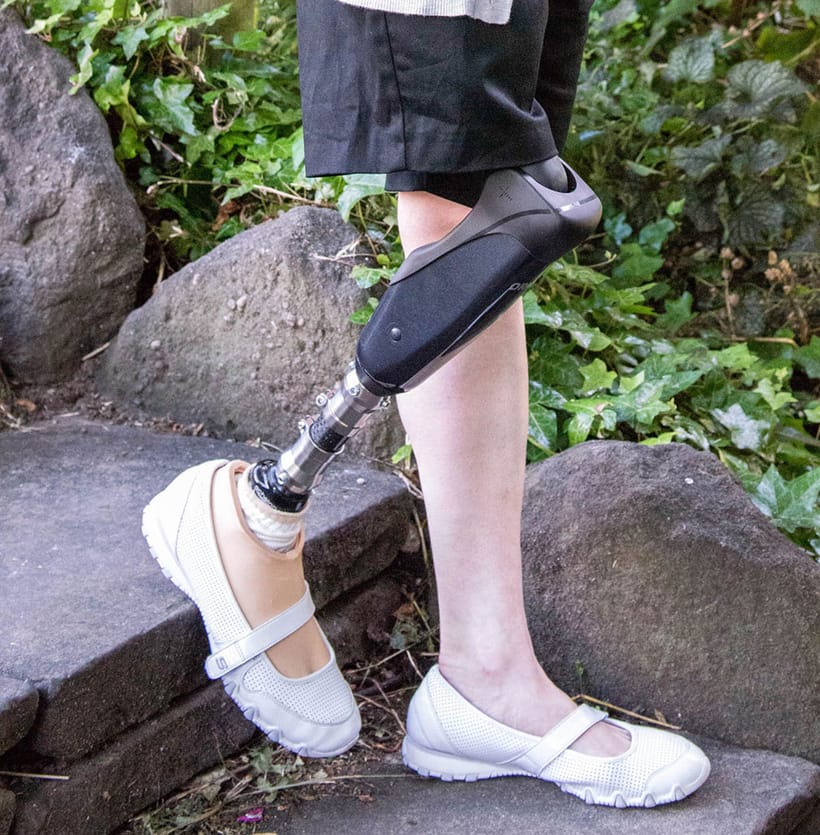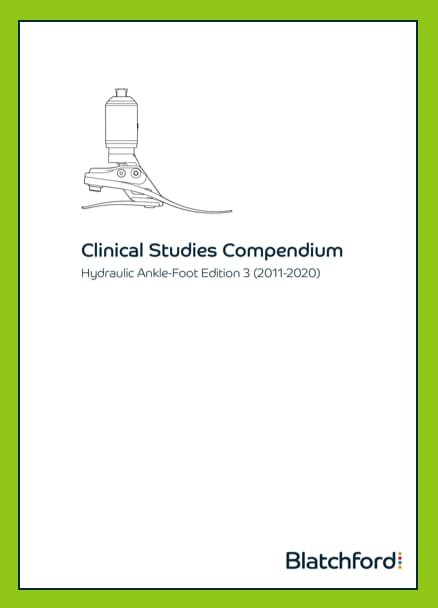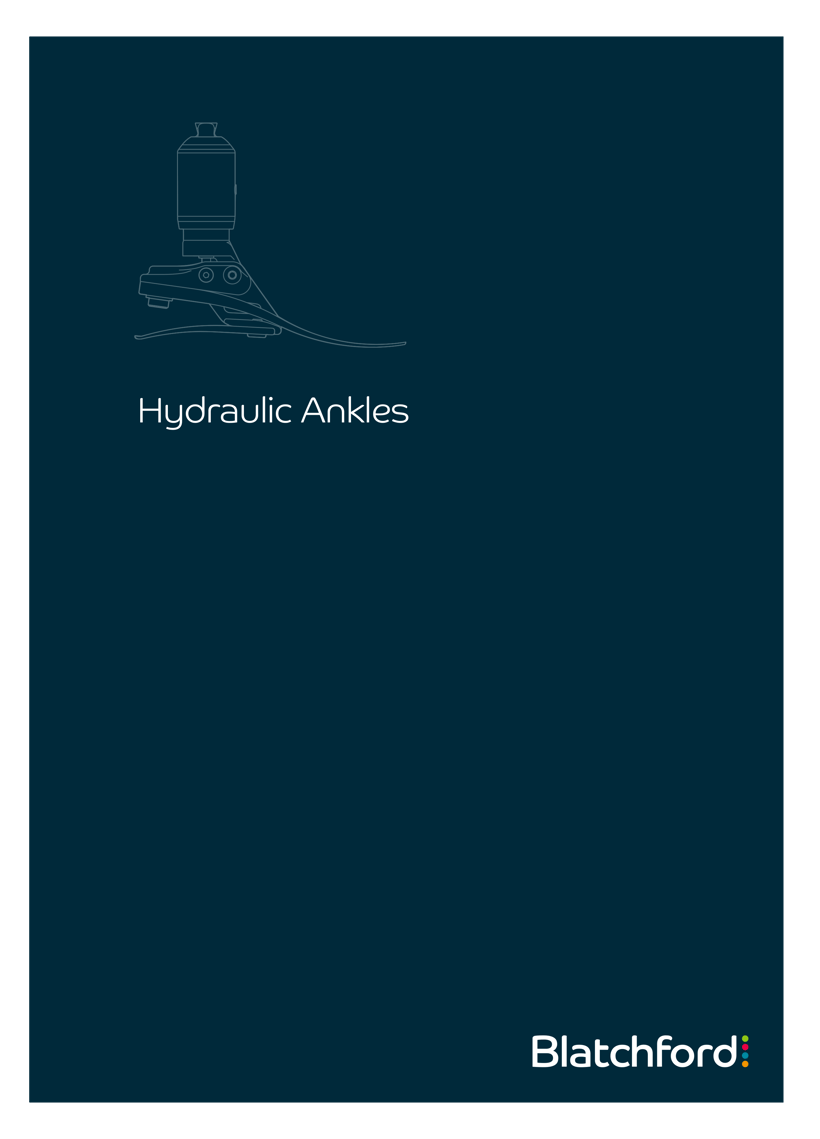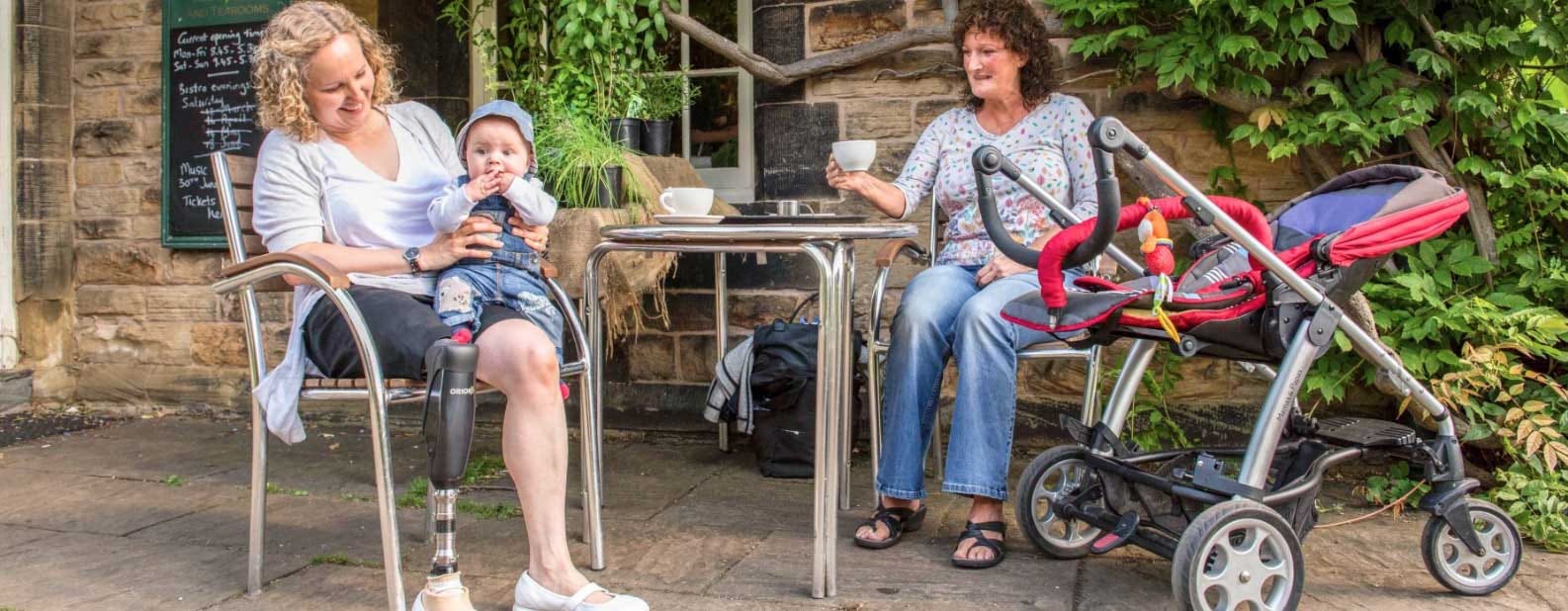Understanding Microprocessor Knees (MPKs)
The NHS England Clinical Commissioning Policy for microprocessor-controlled knees means that MPK’s can now be prescribed to patients at specialist rehabilitation centres, giving Prosthetists the opportunity to prescribe amputees with the best solutions the market has to offer.
Find out more about microprocessor-controlled knees and how they can help improve walking and balance by aiding walking movement in real-time, thus reducing falls and accidents.

Current Challenges
Access to these microprocessor-controlled knees will be hugely beneficial to those suffering with above knee and hip disarticulation amputations, particularly activity level 3 walkers. Level 3 walkers face the potential of injury caused by falls and long-term health issues associated with uneven weight distribution. This is usually caused by lack of confidence with their current devices.
Using current systems available on the NHS, amputees may often struggle to stand still as their knees have limited stability. The lack of trust in their prosthetic limb often means that the user will shift their weight on to the none-amputated limb.
This has a detrimental effect on other joints. Users of microprocessor-controlled knees also benefit from stability on different terrains, slopes and steps, as well as being able to walk more naturally and efficiently at either single or varying speeds.
Benefits of MPKs
Microprocessor controlled knees, such as Orion3, adapt hydraulic resistance in real time, providing the wearer with support when moving in any environment or standing still.
Orion3 also has stumble recovery technology, ensuring that the knee remains stable should the user falter. This reduces this risk of amputees falling or injuring themselves when walking or changing environments and provides users with the confidence and stability needed to move without fear. Such benefits not only make a huge difference to patient safety and quality of life; they also reduce the lifelong care needs of amputees.
Prevention of falls is just one aspect – reducing the chances of acute injuries – but effective stabilisation can also cut down on medical problems often experienced by amputees with conventional prosthesis and joints, such as lower-back pain, arthritis and hip replacements.
Newer clinical findings for hydraulic ankle feet compared to rigidly attached prosthetic feet show improved energy efficiency during walking, greater adaptability to slopes and uneven walking surfaces and a reduction in peak pressure under the non-prosthetic foot.
Clinical Studies on Hydraulic Ankle Pairing
Blatchford biomimetic performance response technology (PRT) mimics the dynamic and adaptive qualities of muscle actuation to encourage more natural gait.
Multiple independent scientific studies, comparing Blatchford hydraulic ankle-feet to non-hydraulic feet, have shown:
- Greater comfort, reduced socket pressures
- Improved safety, reduced risk of trips and falls
- Smoother, easier, and more natural gait
- More evenly balanced inter-limb loading
- Greater patient satisfaction
Read the Clinical Studies Compendium - Hydraulic ankle-foot edition 3 (2011-2020) to help you make the most informed decision regarding your patient's prescription.
This compendium includes 23 peer-reviewed journal publications describing the clinical benefits of hydraulic ankle technology, as well as nine key conference abstracts.

Clinical Compendium
Blatchford Biomimetic Hydraulic Technology mimics the dynamic and adaptive qualities of muscle actuation to encourage more natural gait.
Multiple independent scientific studies, comparing Blatchford hydraulic ankle-feet to non-hydraulic feet, have shown:
- Greater comfort, reduced socket pressures
- Improved safety, reduced risk of trips and falls
- Smoother, easier and more natural gait
- More evenly balanced inter-limb loading
- Greater satisfaction

Hydraulic Ankles
Clinical Evidence
Over a decade after challenging conventional wisdom, new scientific evidence continues to be published on the medical advantages of hydraulic ankles.
